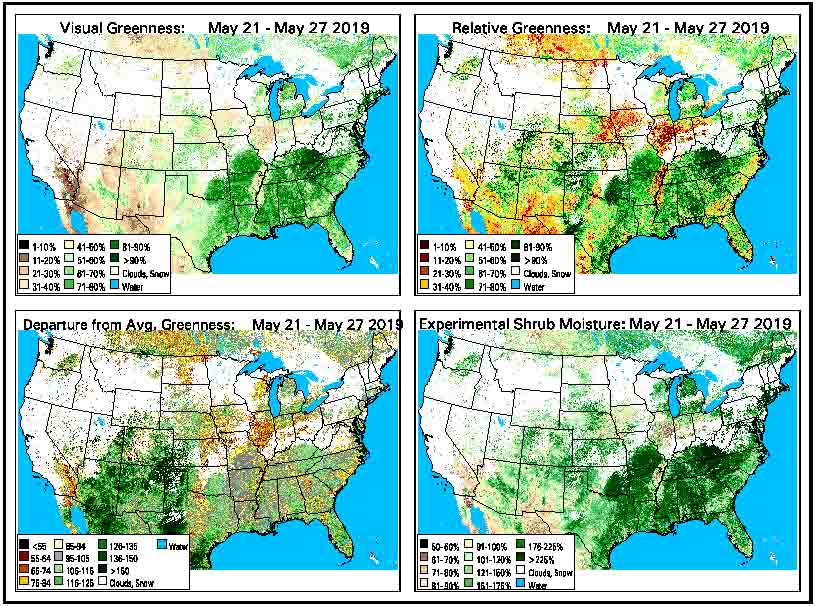On June 1 the Predictive Services section at the National Interagency Fire Center issued their Wildland Fire Potential Outlook for June through September. The data represents the cumulative forecasts of the ten Geographic Area Predictive Services Units and the National Predictive Services Unit.
If NIFC’s analysis is correct, the areas with above normal wildfire potential on the western sides of Washington, Oregon, and California will expand during the four-month period until they cover most of the forested lands in California as well as northern Washington and Idaho. Forecasters predict portions of Florida, Georgia, and the Carolinas will have enhanced potential in June and July.
The areas affected by the multi-year drought in the West have greatly decreased to the point where there are no locations with extreme or exceptional drought. Northwestern Oregon is classified as “severe drought” and this could be an area to watch over the summer months.
Below:
- An excerpt from the NIFC narrative report for the next several months;
- More of NIFC’s monthly graphical outlooks;
- NOAA’s three-month temperature and precipitation forecasts; and,
- Drought Monitor.
- Vegetation greenness maps
From NIFC:
“…As June progresses, the fine fuels will begin to cure and dry from south to north across the West. Lingering high elevation snowpack should be lost. Wildfire activity should begin to increase by late month as peak of the fire season begins to arrive as July and August approach. As is the case with the lower elevation fuels, the high elevation heavy fuels will also experience a delayed entry into the season except along the Canadian Border in Washington State where overall dryness will lead to an average start with a potential for above normal activity. Alaska will reach its peak in June and begin to wind down in July.
“Looking ahead to August and September the fire potential and resulting activity should increase to Normal in most areas except along the West Coast where Above Normal significant large fire potential is expected due to fuel loading and preexisting dry conditions. A traditional winding down of the Western fire season is expected in Mid-September as fall moisture begins to arrive…”










We need to clear the down and dead debris type ground cover, cut fire breaks along the ridge line, or maintain those that are presently there. We should be grateful for an extensive snow pack this year, which will be the best cause of less fires this year. We sure do not need more fire years like the past 5.
How come October November and December are not considered thebiggestfire in California’s history took my town of Paradise, Concow, Butte Creak canyon and Magalia in November 8, 2018?? You may have heard of it? The Campfire??? Tubbs Fire October 2017
Valley fire 2015 burned for one month starting In September. My point the deadliest fires with the highest number of structure loss have occurred later in the season. Some in past years in December. California does not have a Fire Season anymore it’s year round.
It could get rough agan. I herd tell that in my area, eastern cascades of wa, there was lots of snow – but less than normal moisture content. Question – does anyone know if the forest service ever approved the big jets- global supertankers to be used on OUR public lands? 12 miles east of my qth is Moses Lake, Wa. Lots of tarmac and endless supply of water there.